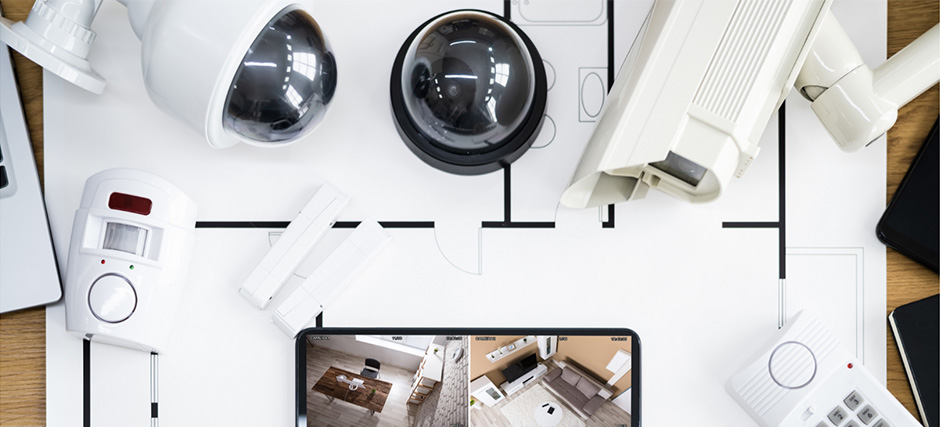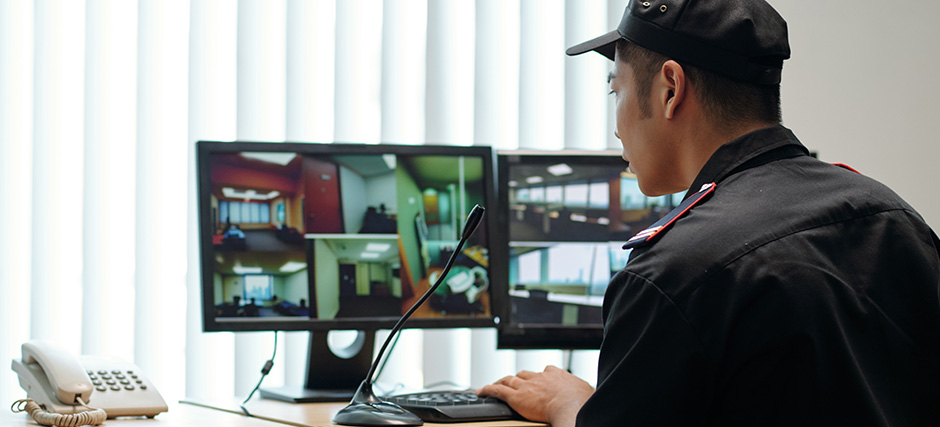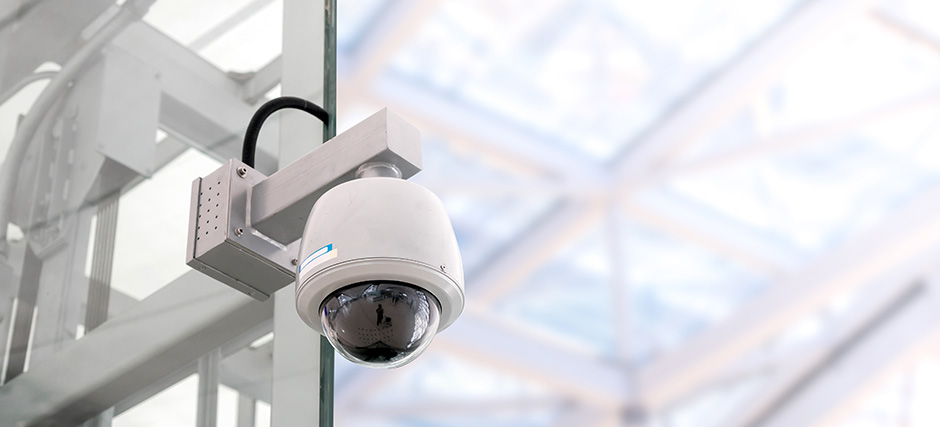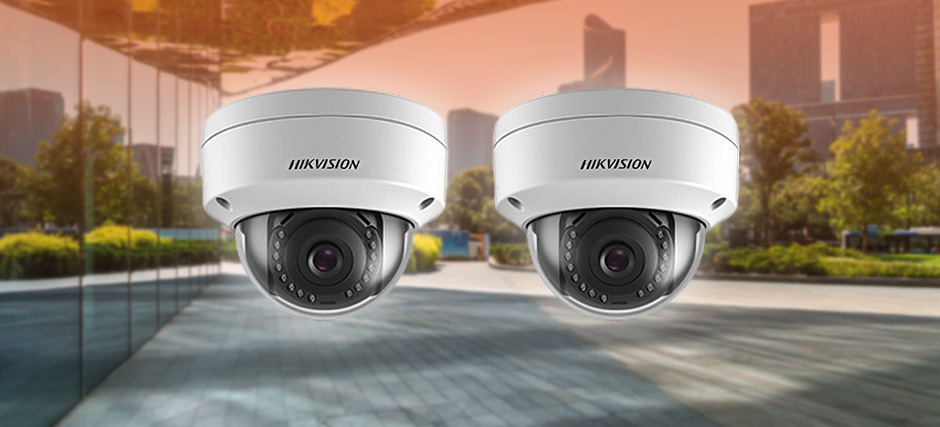HOW DO CCTV SURVEILLANCE SYSTEMS WORK?

Closed-Circuit Television (CCTV) surveillance systems are key equipment that companies and families turn to when in search of security solutions that can help safeguard their business premises or private residential areas. The network of cameras, equipped with advanced monitoring and recording technologies, play a pivotal role in deterring crime, facilitating investigations in the event of an incident, and enhancing overall safety.
Learn More: A Guide to Improving Safety and Security in the Workplace
While CCTV systems are now commonly seen everywhere, the technical aspects of CCTVs remain unfamiliar to many. In this article, we explore the intricate mechanisms behind CCTV surveillance systems to show you how they work to protect you, your loved ones, and your environment.
CCTV surveillance systems consist of several key components that work hand-in-hand to capture, transmit, and record video footage. The equipment used in an entire system include cameras, recorders, monitors, and a network infrastructure.
Cameras are the backbone of a CCTV system. They can be fixed in a specific direction or controlled remotely to pan, tilt, and zoom for more surveillance flexibility. CCTV systems can be equipped with different types of cameras, such as dome cameras, bullet cameras, and Pan-Tilt-Zoom (PTZ) cameras, that capture video footage and convert it into a signal.
The signal is then sent to a digital video recorder (DVR) or network video recorder (NVR), which encodes the footage into a digital format for storage. The type of recorder used depends on the type of CCTV surveillance system used.

The encoded data is then transmitted to a monitor, where live or recorded video footage is displayed. They allow security personnel to keep a close eye on the surveillance area in real-time, and are used for reviewing recorded footage during investigations or incident analysis.
There are two types of CCTV surveillance systems: analogue and Internet Protocol (IP).
Analogue CCTV systems have been the standard in video surveillance. After recording video footage, they make use of a coaxial cable connection to transmit video signals to the DVR, which processes and stores the imagery for future reference or live monitoring. For live viewing of events happening, the data will be transmitted to a monitoring device, where security persons can keep watch throughout the day.
IP CCTVs are improved versions of the analogue CCTV. They capture high-resolution video imagery and convert them into digital signals, which are then transmitted to NVRs in the form of data packets. Compared to analogue CCTVs, which make use of cables for connection, IP systems rely on network infrastructures, such as routers, switches, and cabling, to transmit video data. This allows for seamless integration and scalability within the network. Live video feeds can also be accessed remotely using other appropriate viewing devices and secure login credentials.
Despite their differences, analogue and IP CCTV surveillance systems function similarly in terms of capturing, transmitting, and recording video footage. They may also incorporate additional features such as motion detection, facial recognition, video analytics, and alarm systems, to trigger alerts when specific events occur within the monitored area, enhancing the effectiveness of surveillance.

CCTV surveillance systems play a crucial role in ensuring security across different spaces and environments. Understanding the components and operations of these systems can help you find one that’ll be most effective in your premises.
iDLink Systems supplies cutting edge electronic security solutions in Singapore to keep commercial and residential areas safe. Contact us today to find out more about our products and services.

